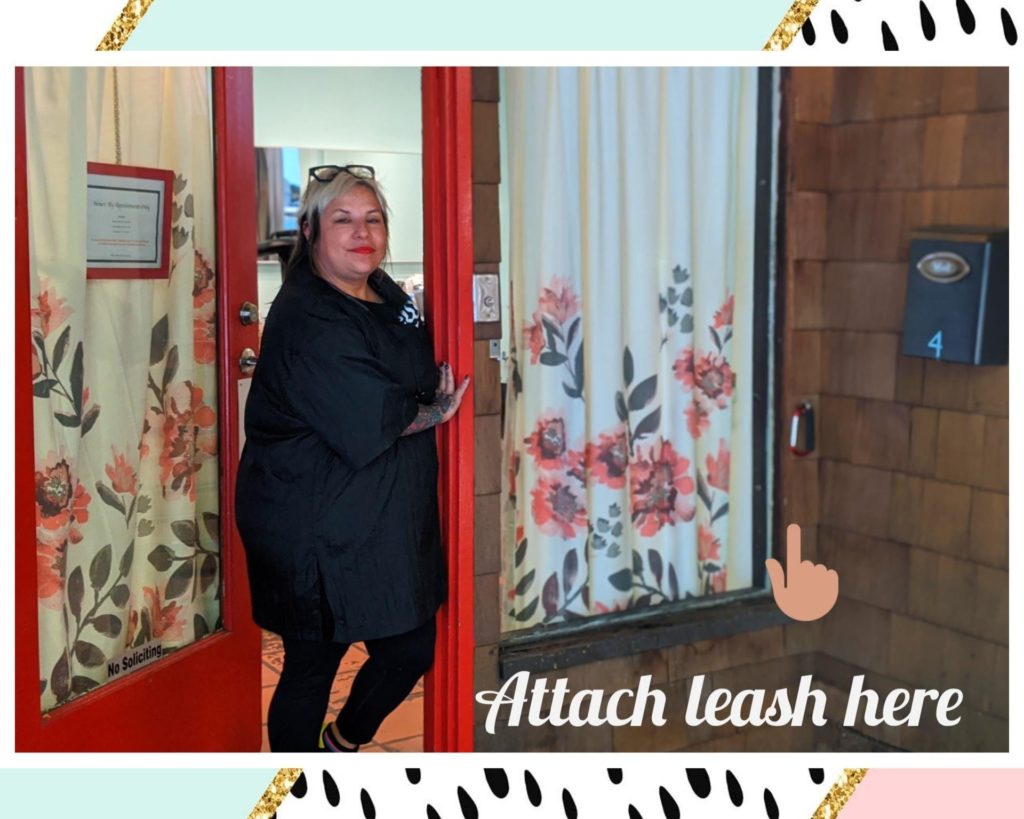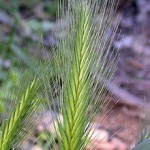New Policy for drop off and pick up.
We want to do our best to keep clients, staff, and our community healthy and limit direct contact and practice safe distancing; we need your help to make this possible. It is now mandatory to wear a mask for pickup and drop off (it is also currently required by law) and reschedule if you or anyone in your family has been sick with Covid 19 or had Covid 19 symptoms in the last 14 days. We are following all Covid requirements for sanitizing between pets & clients.
At the time of drop off- park, wait in your car, and text your groomer, they will let you know when it is safe to walk your pet up (still plan enough time to be at our door for drop off and pick up at your scheduled appointment time). We may run a minute or two ahead or behind so we can stagger each groomers clients and prevent overlapping at the door. Walk your pet into the courtyard as usual and clip your dog’s leash to the carabiner anchored securely by the front door or set your pets carrier next to it (we will have it freshly sanitized for you). You can then step away 6 ft (near our sign and in sight). At that time your groomer will open the door and bring your dog inside, and go straight to the bathtub. You will need to be sure your dog’s harness or collar is very securely attached before you arrive and if you feel your dog might be able to get away with this method please let us know. Let your groomer know in advance via email, any pertinent grooming instructions it is difficult to hear with the glass between us. Your groomer will be waiting for you with your pet inside at the designated pick up time. Please arrive on time (give yourself plenty of time to find parking) and text upon arrival from your car, your groomer will reply as soon as we have sanitized and it is safe to walk up. Again, wait 6ft away near our sign and your groomer will bring your pet out and attach their leash to the carabiner (they will be excited to see you, but please wait till we are back inside to go to your pet). DO NOT arrive early and hang out in the courtyard or knock on the door for us (we can only communicate over the phone or via email during this time). If there is another client in the courtyard waiting please wait near the street or in your car preferably and give space before coming back for pick up or drop off.
We understand this is a big change from our regular procedure and a lot of details, so please let us know if you have any questions we will do our best to make this a smooth and easy process. And thank you for your patience during these strange times.




